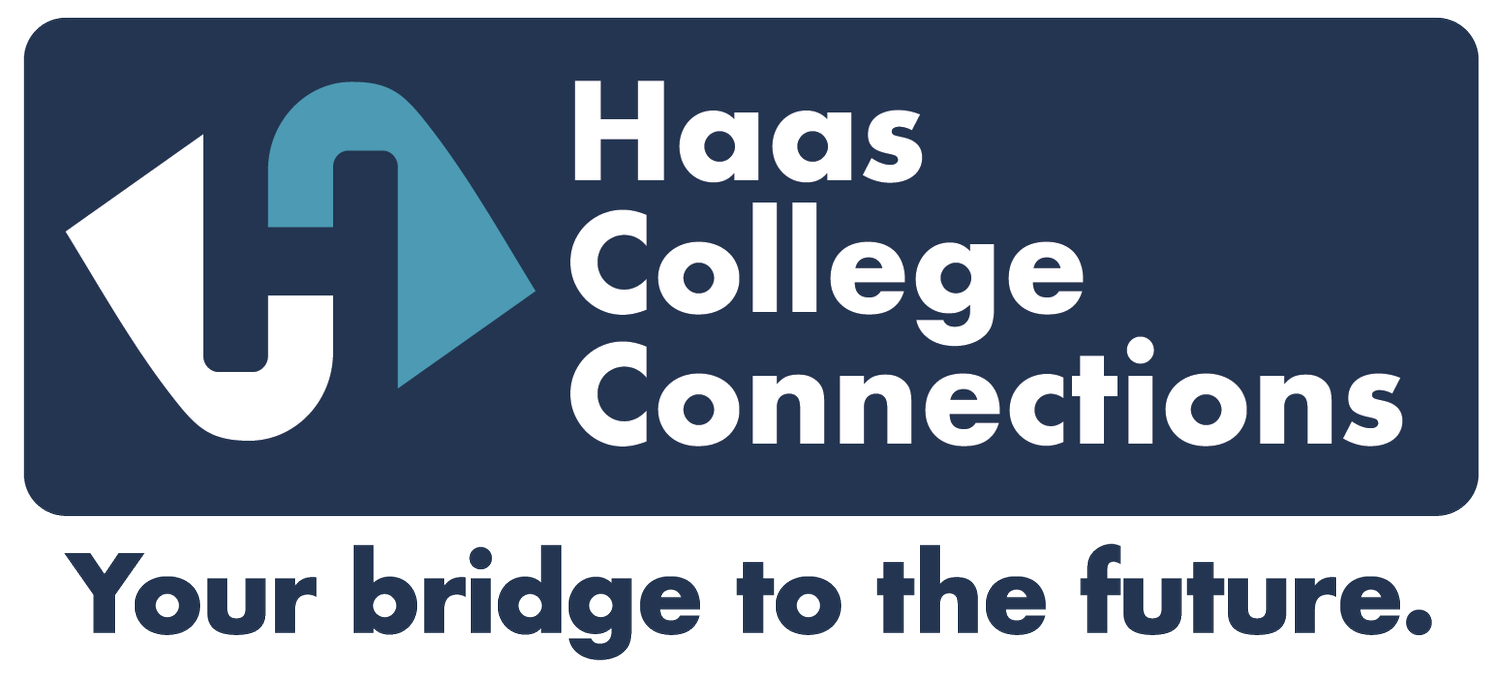Upcoming Changes to the SAT Will Affect Students With Learning Differences
The new digital SAT may have both positive and negative consequences to neurodiverse students who qualify for standardized testing accommodations.
by Robin Haas on July 22, 2022
On January 25, 2022 the College Board announced that the SAT Suite of Assessments will change to a digital format internationally beginning in 2023 and in the U.S. in 2024. According to the College Board, 80% of students who participated in the digital pilot in November 2021 reported that the overall experience was less stressful while 100% of educators favored the new format. Some things will remain the same such as being scored on a scale of 1600 as well as tests being administered either in schools or testing centers only.
This big change from pencil and paper to an ALL digital format may have many consequences, both positive and negative, for neurodiverse (ND) students and those with learning differences (LD) who are entitled to standardized testing accommodations. There is a good chance that for ND/LD students, the changes will be mainly positive. Let’s examine those positive changes first!
For students who struggle with attention issues, a shorter test will undoubtedly prove to be a more positive and less stressful experience. Students faced with fine motor control challenges will have a much easier time because they will no longer have to track tortuous rows of tiny bubbles. Honestly, I think that change will benefit all students. Moreover, students with reading challenges will have access to a highlighter tool which is crucial when note taking as well as the ability to create more space between lines of text. Other features that will help students with visual processing and reading challenges will be the ability to increase the font, colors, and background. New shorter reading passages will also aid struggling readers because they will be afforded more time to comprehend what they are reading.
Another positive change will be a text-to-speech feature. By changing the speed of the reader’s voice, students who need it will have more time to process text. In order to increase focus, students will now be able to eliminate distractions by choosing to view one line of text at a time as well as a zoom feature to increase the font. One of the biggest advantages of the new SAT will be questions that are dynamic that adjust to a student’s ability. This feature alone is likely to decrease frustration and improve performance. Time management tools such as a countdown clock that provides warnings may prove useful too. Like the ACT, calculators will now appear on screen throughout the test.
With the new digital version it is hard to imagine many cons; however, it is possible a student might perseverate on the new adaptive feature which could result in an anxiety attack and/or a lower test performance due to distraction. Some students may not be comfortable using a borrowed computer at the testing site that is different from the one a school normally provides. Nevertheless, these new changes are on the way. Hopefully, the benefits will outweigh the possible consequences. One way counselors and IECs can help all students is to suggest they practice taking digital practice tests in order to familiarize themselves with the new tools ahead of time.
Digital SAT Suite of Assessments
I

